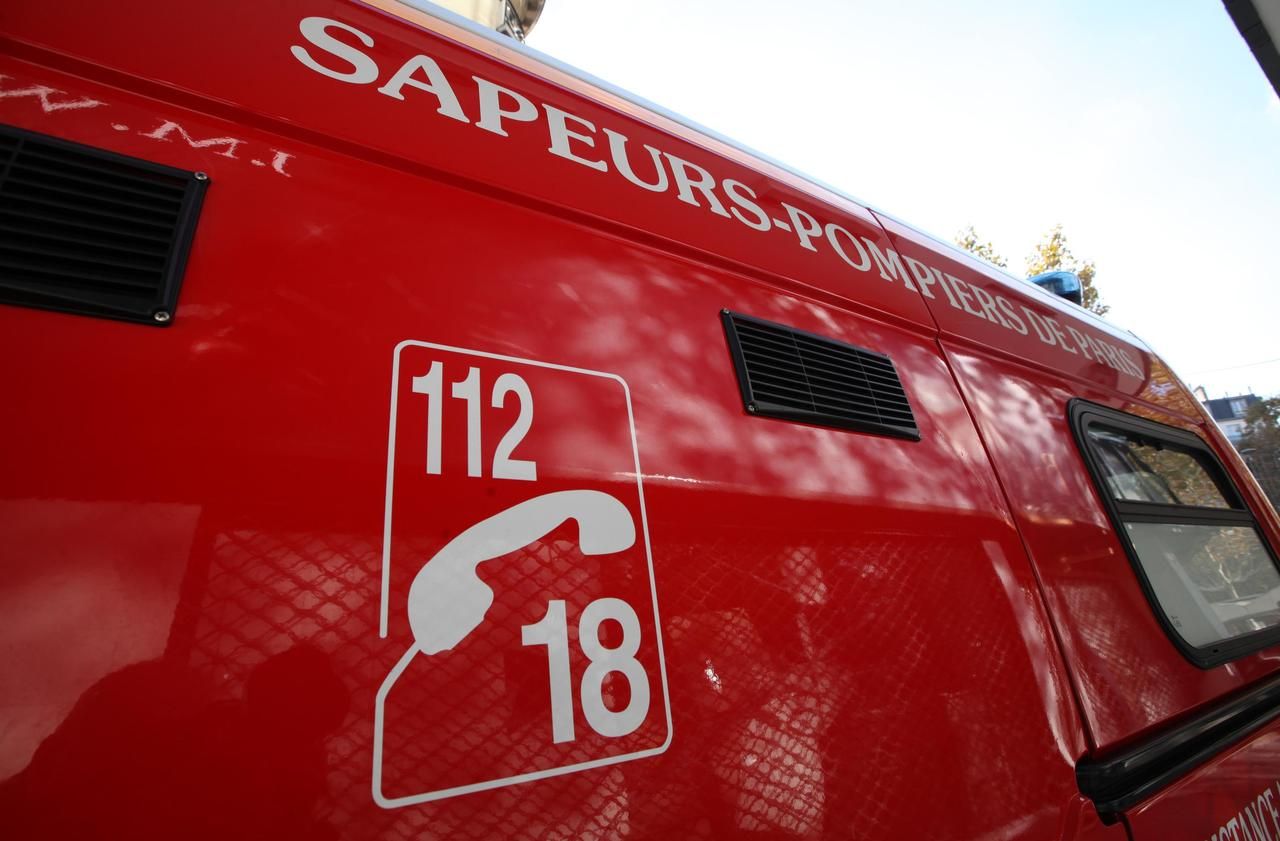 –
–
by Mario Mariano
Anyone who has attended the Monteluce polyclinic, as an insider or as a user, should not help but read the book published a few days ago, for the types of Volumnia Editrice, written by Professor Renato Palumbo. A volume of 144 pages that can be read for many reasons and not only those related to the nostalgia of the past, for the events experienced in those pavilions. Palumbo, former full professor of the University of Perugia, highlights an extraordinary memory, it almost seems that from the beginning of the story of that season of great successes in the clinical and welfare field, he wants to lead the reader back to every corner of that hospital where they emerged professionals who would have formed the famous medical school of Monteluce.
A scrupulous story, full of references that denote how those who operated there, considered the hospital to be a second home. The main architect of the success of that period was Paolo Larizza, a charismatic teacher who, like a football coach, managed to build a super team, which, knowing the fundamentals well, specialized dozens of professionals in medical disciplines that still represent the architrave of modern medicine. Why did that team, with young people coming from all over Italy, stand out? Thanks to an alchemy that had established itself between the undisputed leader, precisely Professor Larizza and his young assistants. Just to name a few, Grignani, Martelli, Tonato, Morelli, Brunetti, Santeusanio, Ventura, who had been model students, like Palumbo himself who, in the book, confesses that since his arrival in Perugia “I also studied 10-12 hours at day, almost always with a partner, with a technique that proved successful at the time of the exams ». One of these companions was Adolfo Puxeddu, whom Larizza had wanted in his team and whom he had already identified when he was in Cagliari.
Larizza was a great talent scout, capable of grasping the passion and desire to emerge from young doctors, eager to leave a mark in the history of Italian medicine. Among the many merits of the author of the book, that of having dwelt for a long time on the qualities of the supporting supporting actors, nurses and laboratory technicians, with whom the professors had established a close collaboration, a sort of multidisciplinary group ante litteram, which it guaranteed not only the best assistance to patients who came from all parts of Italy, but also a weighty research that was collected in scientific studies published in the most prestigious international journals. A story, that of the father of nuclear medicine, a discipline that Palumbo had created among the first in Italy, which revives a distant era, with epochal changes, but which highlights, if there was a need to underline it, that to deal with health of citizens, the tool, the machine, cannot be enough.
The doctor – patient relationship was useful yesterday, it is indispensable today. It is called humanization since someone improperly thought a report was enough to solve the problems, to get a diagnosis. A curiosity, the subtitle of the book which does not neglect hilarious anecdotes, is: ‘When there was a paternity ward at the Polyclinic of Monteluce’, which at least leads to a smile. The scene is fixed in the middle of the tunnel that connected the medical clinic to the other structures: a very emotional father asked for information to Professor Palumbo, changing the name of the ward where he had given birth to his wife. The book is on sale in some city bookshops and in various newsstands. The author will donate part of the proceeds to the Daniele Chianelli Committee.
–


